Sightseeing Spots
Search Results305

From this observation deck located at 370 meters, you can enjoy a panoramic view of Yorii Town and the glittering skyline at night. In September, this place is popular for observing the seasonal hawk migration.
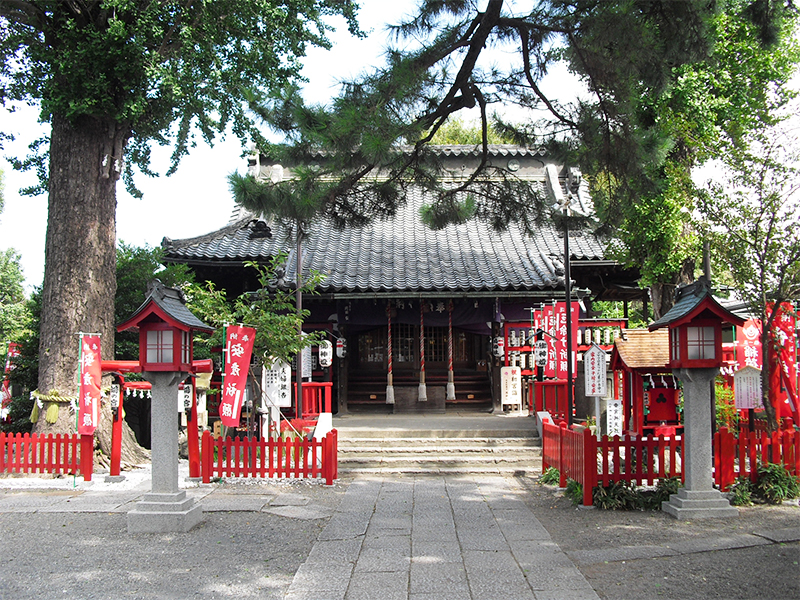
This is the main shrine of Konosu City, where the legend of the konotori (stork), also believed to be the origin of the cities name, has been handed down to this day. In 1873, Raiden Shrine, Kumano Shrine, and Hikawa Shrine were combined to form Kou Shrine. At the end of the year, they hold a Tori no Ichi fair (festival celebrating good fortune and business prosperity).
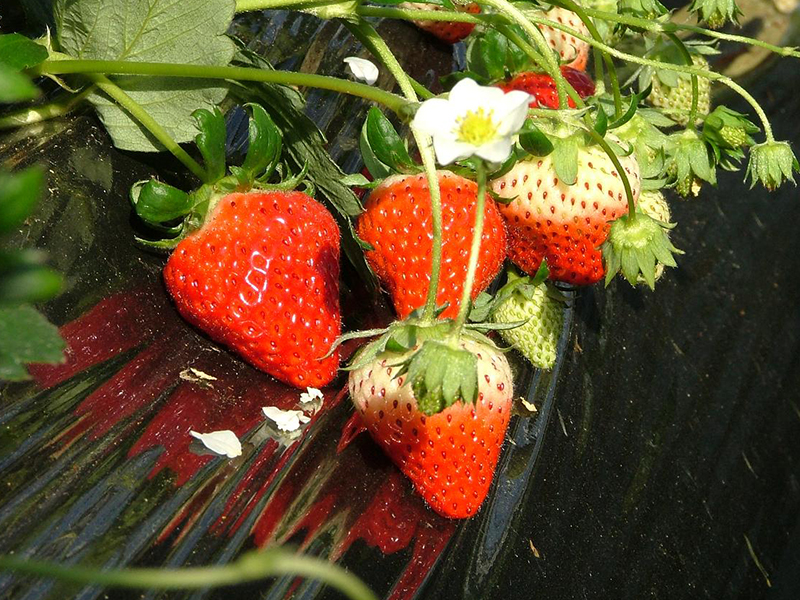
Strawberry picking is available from January to May, grape picking from August to October, and sweet potato digging from September to October. You can also enjoy a barbeque along with seasonal fruit picking with a reservation. For larger groups, please contact us at least seven days in advance for reservations. When making a reservation, please note that harvest conditions may vary depending on weather and other factors. Please contact us in advance to inquire about harvest conditions.
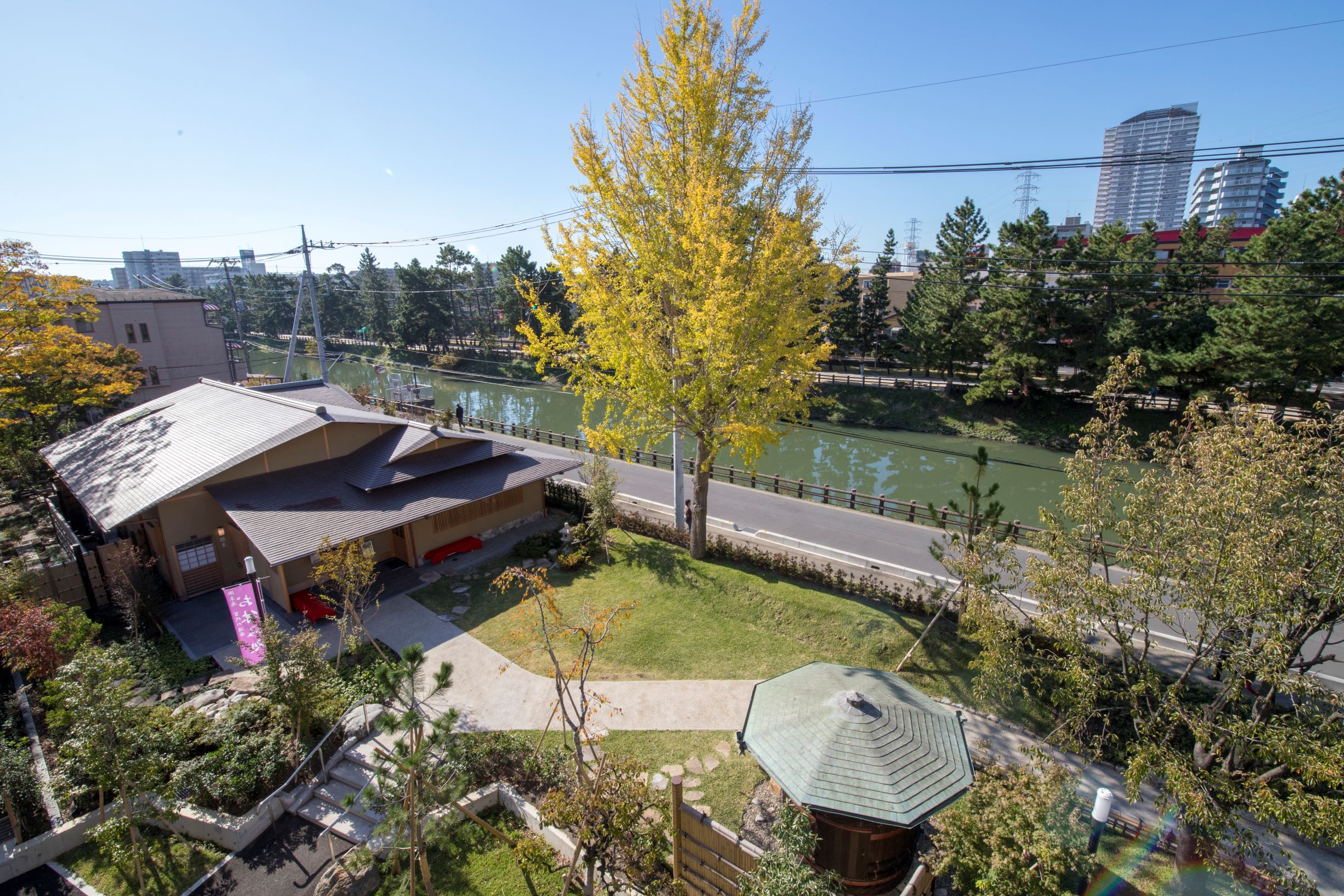
This single-floor wooden house, built using the 'Sukiya' architectural style, has been praised and written about by the Japanese literature researcher Donald Keene. The facility now serves as a place to introduce the Sōka area's culture of tea ceremony, flower arrangement, and classical instruments such as koto and shamisen. Furthermore, the facility is also open as a resting area where visitors can enjoy a cup of tea for a small fee.
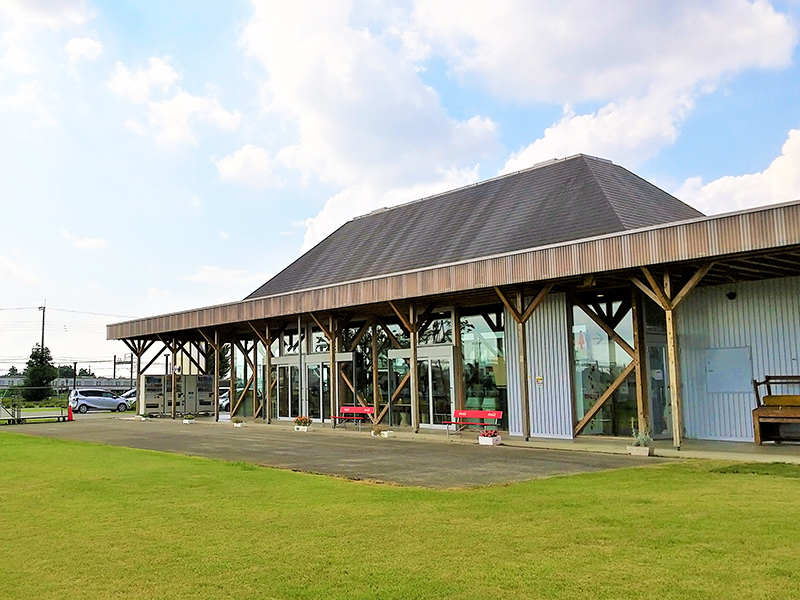
JA Saitama Chuo's Higashi Matsuyama direct sales center "Inahoterasu" is an open building constructed from local wood and natural materials. The name was chosen by the locals with a contest. Inahoterasu symbolizes how the ears of rice (=inaho) will light up (=terasu) a bright future for people. Here you can find a wide variety of souvenirs from Higashimatsuyama City, such as processed pears and chestnuts, yakitori rice crackers, and other snacks!
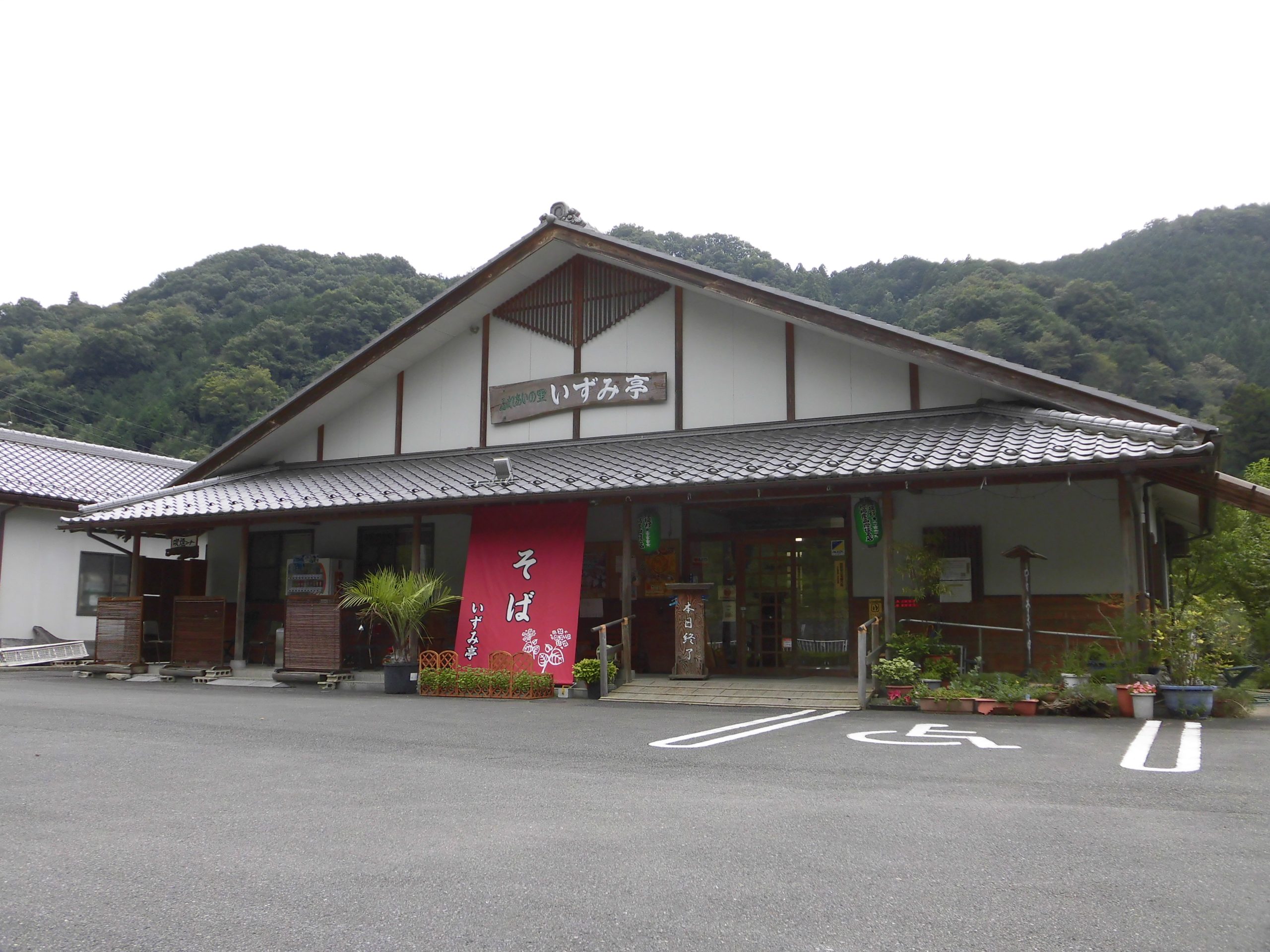
A shop that sells handmade soba made from 100% local buckwheat flour. They also use ingredients which are grown pesticide free or use 50% lower pesticides certified by the prefecture. Izumi-tei offers dishes made from ingredients at the peak of freshness and cultivated with the highest level of safety. Soba making experiences are also available with a reservation.

Hana no Oasis (flower oasis) is a park located in the Teraya district, the birthplace of flower production in Konosu. In spring, a tulip festival is held among 40,000 tulips. In autumn, you can enjoy the late-blooming sunflowers.
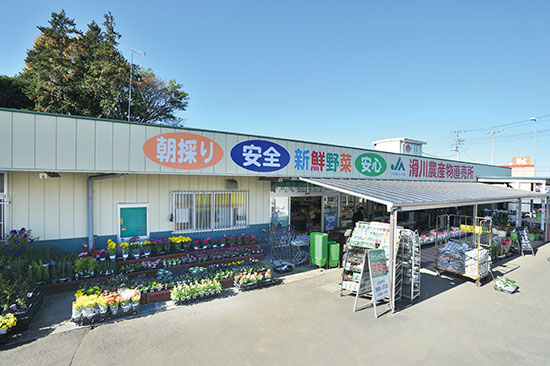
At Namegawa Farmers Market, you can find locally harvested fruits and vegetables for sale. We recommend the freshly polished-to-order white rice, cucumbers, eggplant, daikon radishes and other seasonal items alongside an endless supply of fresh vegetables, popular with many customers. We also hold special events such as corn festival, new rice festival, and agricultural festival, and sell specialties such as Polotan (chestnut variety) and Bushu Koro persimmon.
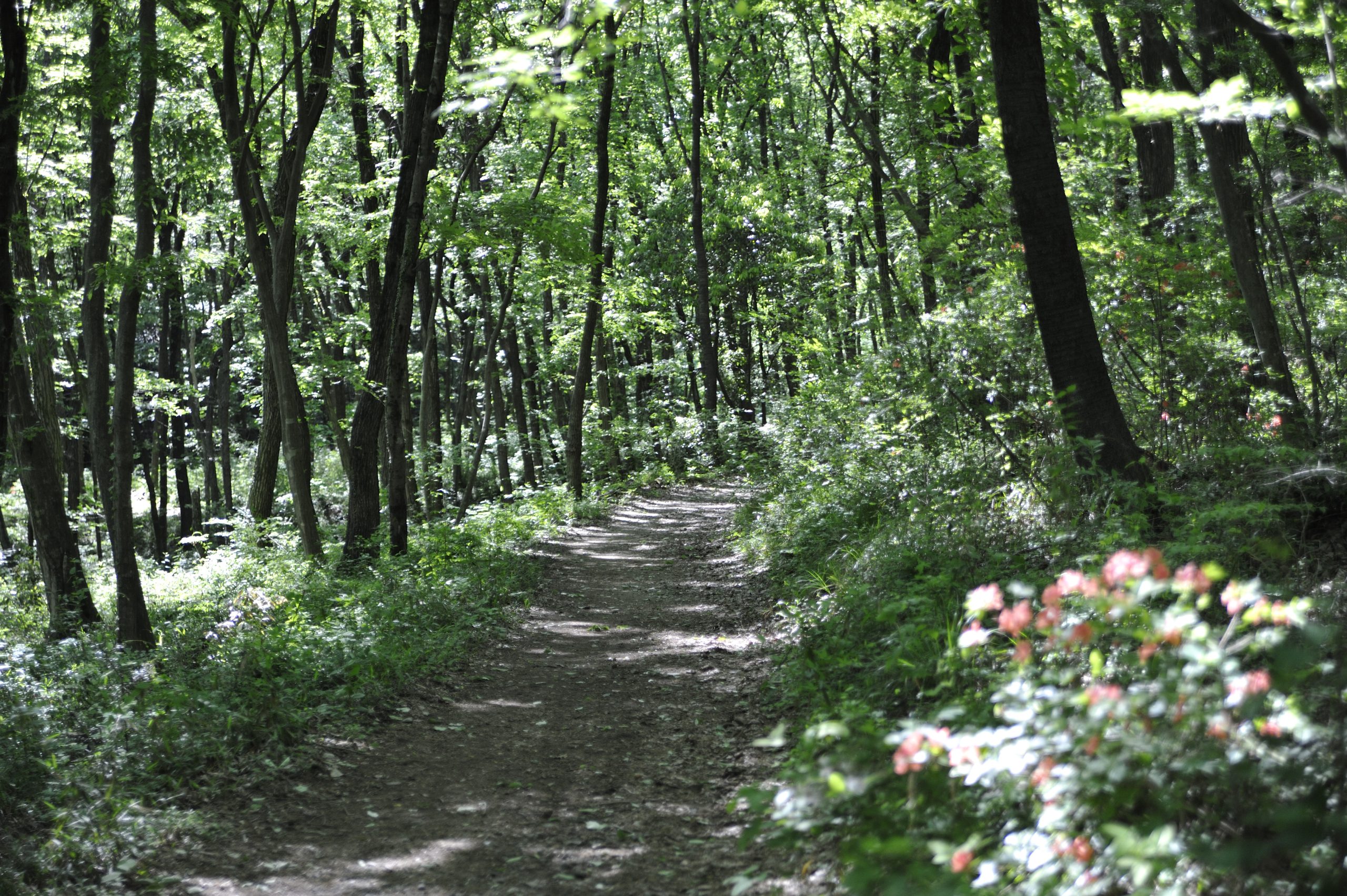
In the rural moutain village satoyama of Ishizaka no Mori, you'll be surrounded by lush nature. Visited by many as a place for finding health and purpose, one can gain a deeper understanding of ecosystems and nature conservation. Be the first to experience the new face of rural Japan, in the satoyama of Ishizaka no Mori.
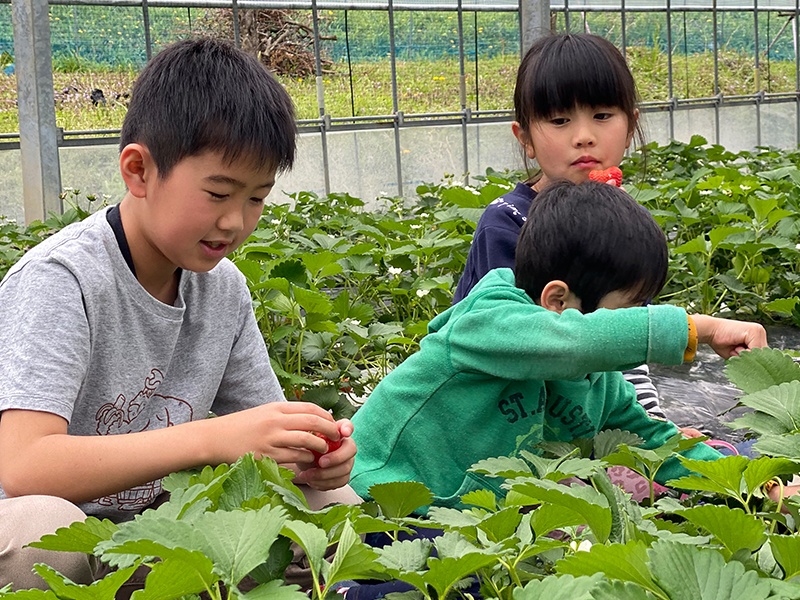
This strawberry farm is located in the peaceful landscape of Ashigakubo in Chichibu. Located on a hill, the view is fantastic! Please enjoy the sweet and juicy strawberries grown in our carefully maintained soil☆
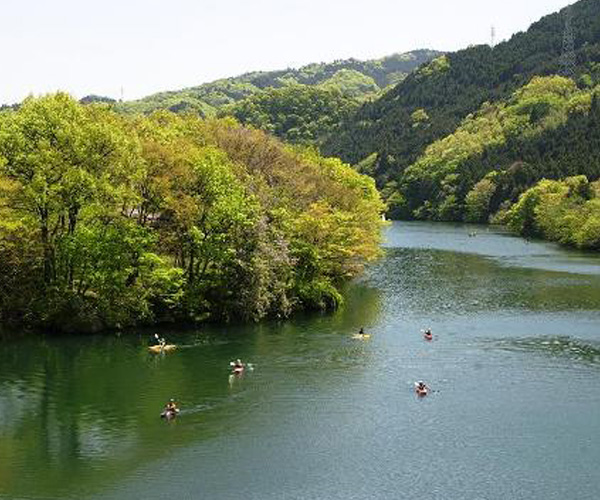
The dam constructed on the Arakawa River in Yorii Town is called the "Tamayodo Dam," and the artificial lake created by the Tamayodo Dam is known as “Lake Tamayodo (Tamayodoko).” Visitors can enjoy activities such as canoeing and rafting on this peaceful lake known for its highly transparent water and surrounded by forest. It is also a famous spot for autumn leaves in Yorii Town.
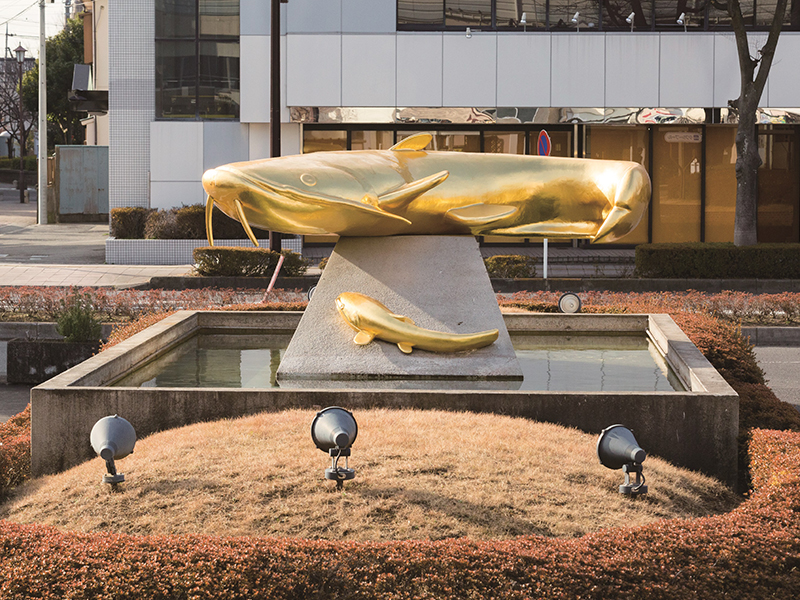
This monument of a golden catfish, the symbol of Yoshikawa City, is proudly displayed in the Yoshikawa Station South Exit rotary on the JR Musashino Line. It welcomes visitors to Yoshikawa City, which promotes itself as the "home of the catfish." It was created by Kazumi Murose, a lacquer artist considered a "national living treasure," and was installed on May 9th, 1995.
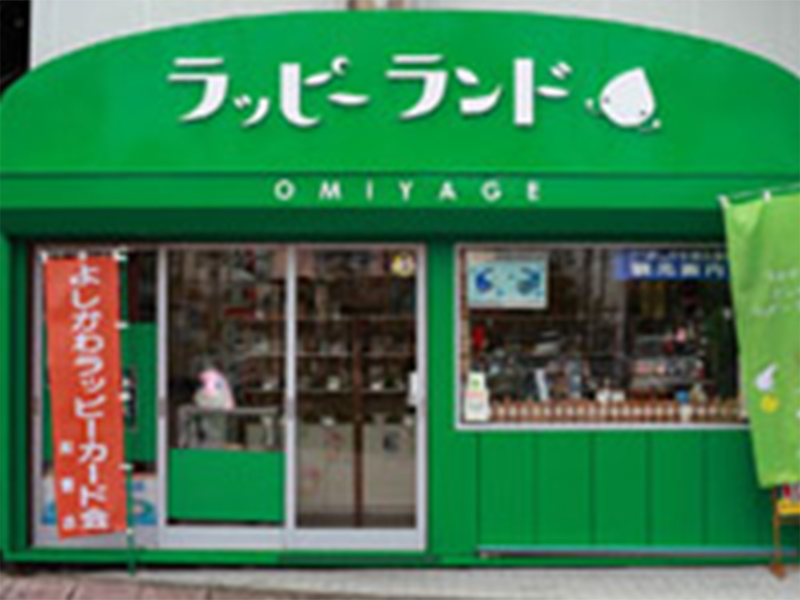
Located at the Yoshikawa Station North Exit on the JR Musashino Line, Rappi-Land offers many goods and souvenirs pertaining to Yoshikawa City, the home of the catfish. There is a wide variety of Japanese sweets such as manjyu, dorayaki, monaka, senbei, and even locally produced cola. You will even be greeted by a real catfish! The shop also serves as a tourist information center, so please stop by when you come to Yoshikawa.
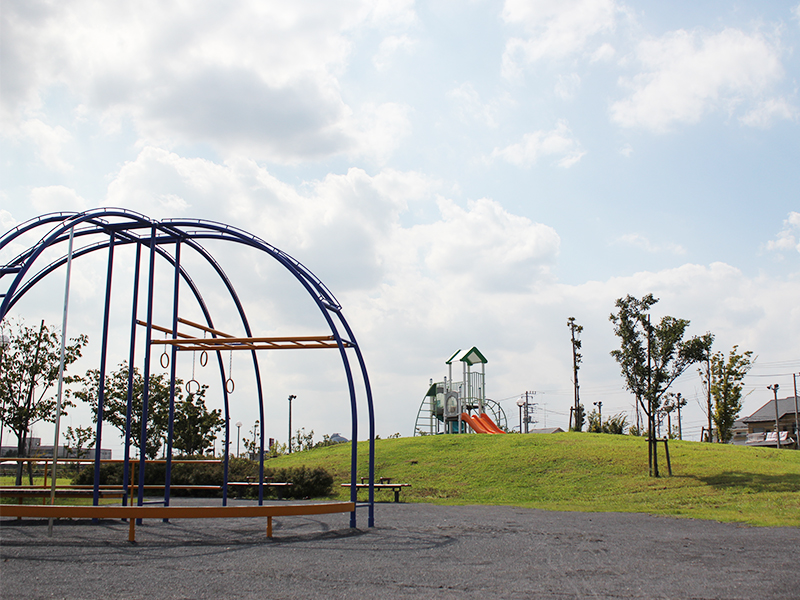
Located only a 5-minute walk from Yoshikawaminami Station on the JR Musashino Line, this is the largest park in Yoshikawa City. From Miharashi Hill, you can see the adjacent pond and multipurpose plaza. There is also a playground with a variety of equipment which can be enjoyed by both children and adults.
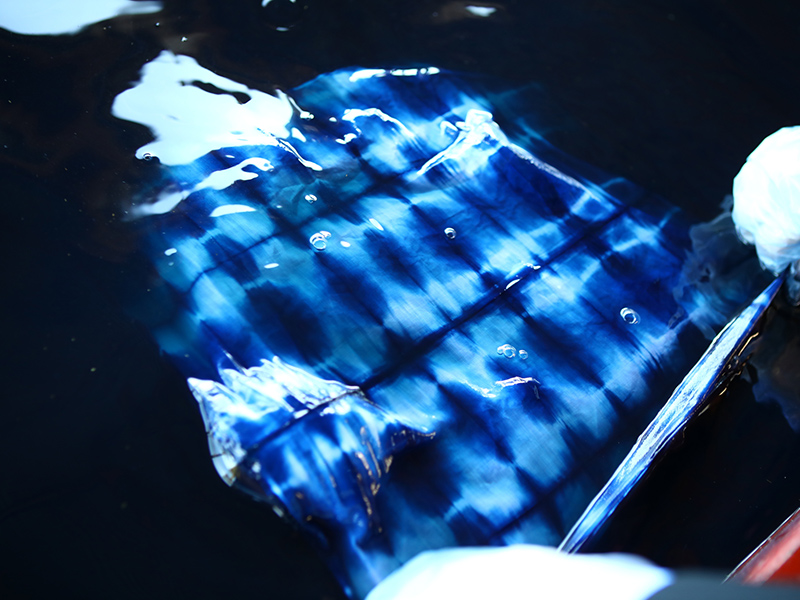
You can experience indigo dyeing, choosing between a handkerchief or bringing in a small item of your own! Dyeing experience participants are also free to visit the adjoined archive museum.
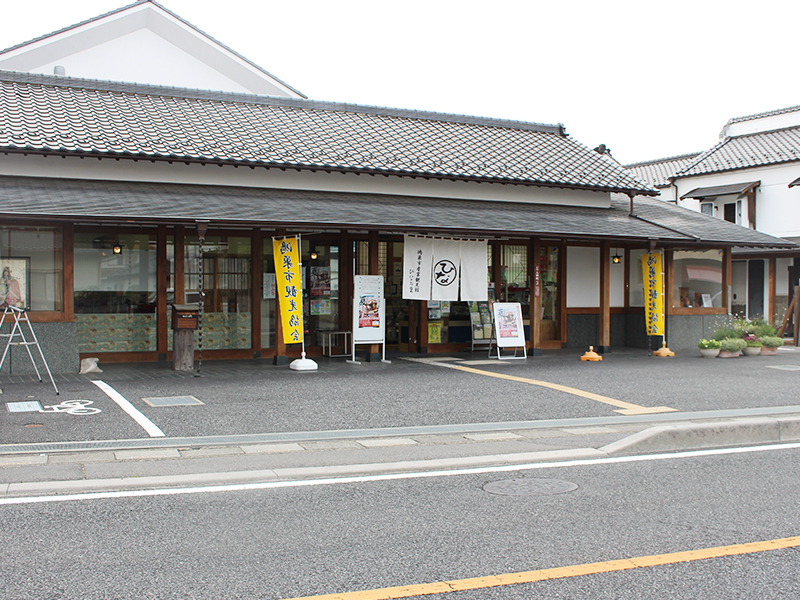
There are many exhibits that tell the history of Konosu Town as well as hina dolls and akamono dolls, a warehouse built in the Meiji period (designated as an important building of Saitama Prefecture's landscape), and a stage decorated with mosaic art. The museum also provides sightseeing information and sells local specialties. Make sure to stop by for an enjoyable time!
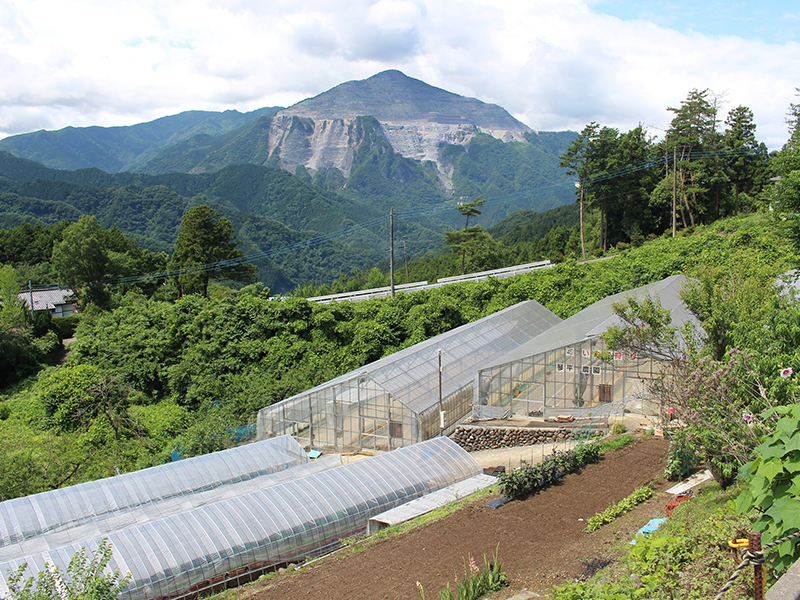
You can enjoy fruit picking and tasting at this sunny farm located on a south-facing slope. A spectacular view of Mt. Bukō is right in front of you! As a health precaution, we ask that visitors wear a mask and disinfect their hands.

Surrounded by splendid nature, this is a factory where you can build canoes with the local Nishikawa timber. You can also rent canoes and try them out before building your own. Or just stop by if you're simply looking to have some fun in the river!
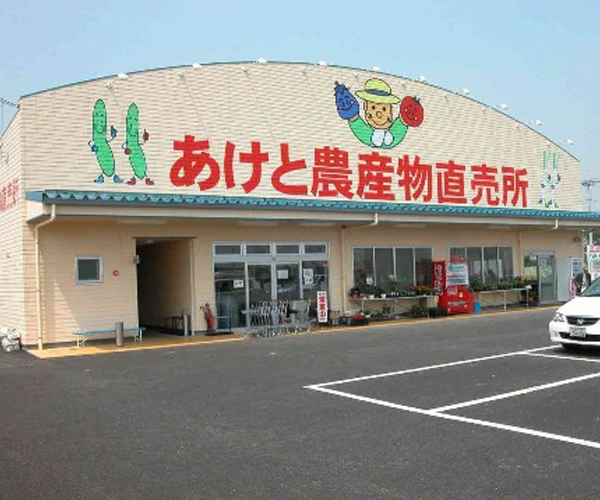
Aketo Farmers Market is a direct sales market founded by investments from local farmers who wished to provide fresh vegetables from the production center of "Fukaya" directly to consumers, and is operated by Aketo Farmers' Market Ltd. They sell local agricultural products and processed goods which are manufactured using local ingredients.
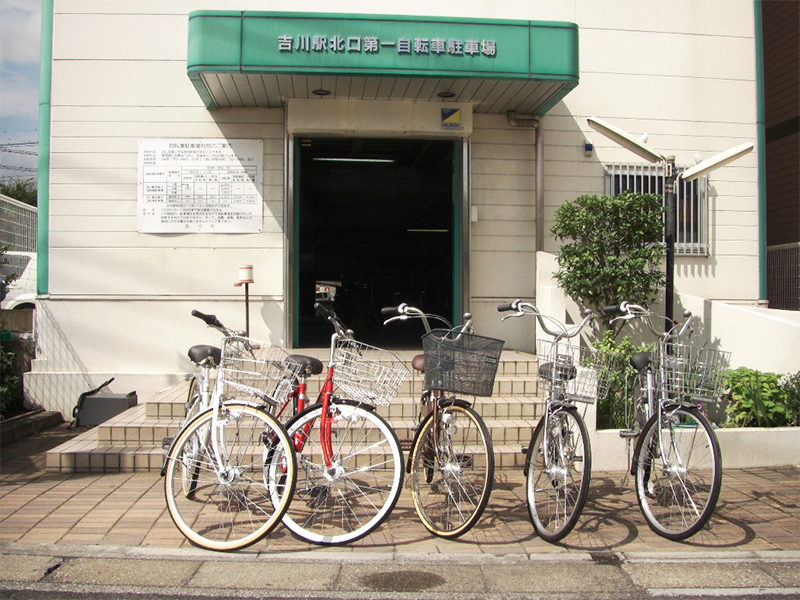
Free rental bicycles are available at the Number 1 Bicycle Parking Lot, only a two-minute walk from the Yoshikawa Station North Exit on the JR Musashino Line. Feel free to use them to explore the city!
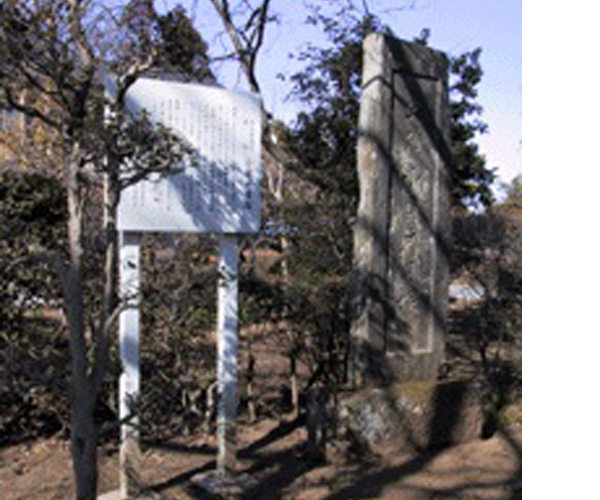
A shell midden (refuse mound) from the first half of the Jyōmon period (about 7,000 years ago). At this time in history, the climate was warmer and the ocean was more inland compared to now. The mound mainly consists of the Japanese basket clams that inhabit the brackish waters of the region, but there are also shells of the Japanese littleneck clam, common Orient clam, and blood clam. The mound is located behind the Kannon statue in the fifth temple of the Adachi Bandō pilgrimage route.
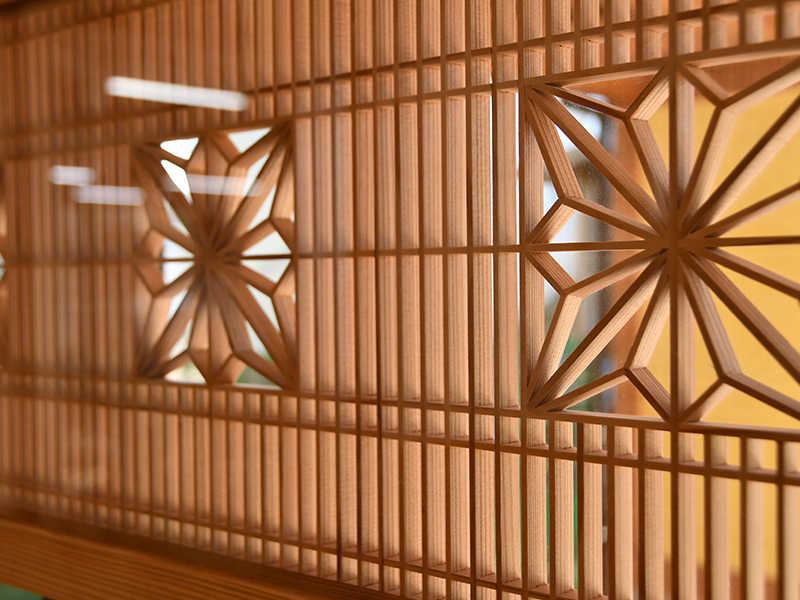
Doukan Omotenashi (hospitality) Plaza provides information on Ogose Town tourist attractions, historical sites, hiking trails, cherry blossom forecasts, and specialty products. Be sure to stop by when visiting Ogose Town!
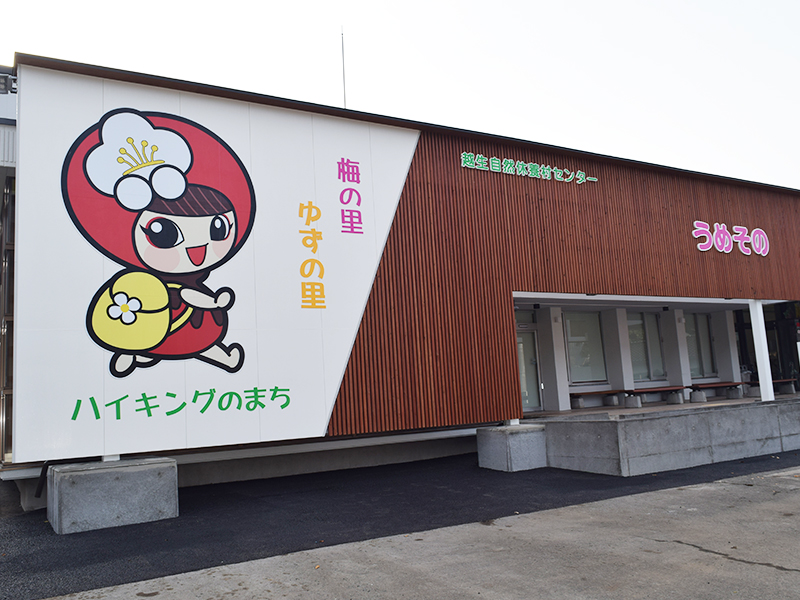
At Umesono, you can buy products made from Ogose's local specialties, ume (plum) and yuzu (Japanese citrus). The central location makes it a popular resting place for hikers and other travelers.
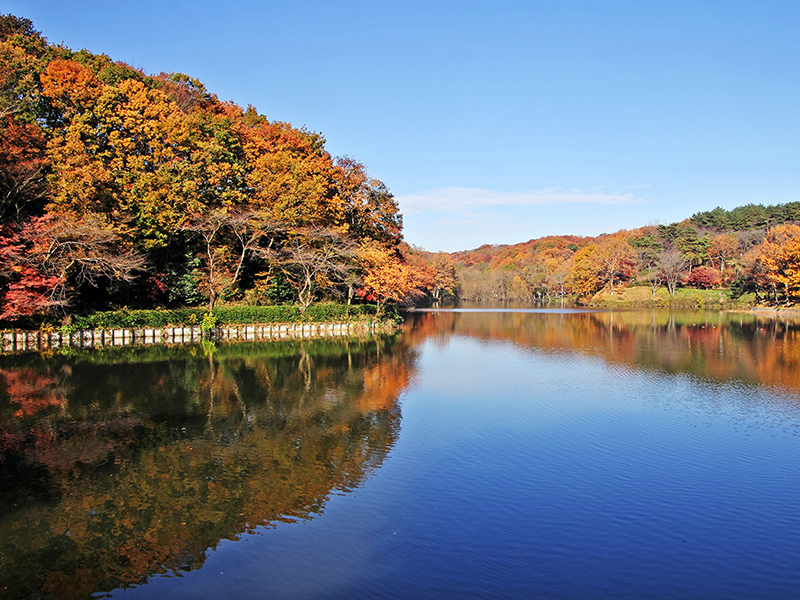
Yoshimi Town is dotted with man-made swamps, which are reservoirs built for rice paddy cultivation. Lake Hatcho is one such man-made swamp with an area of about 52,000 square meters. The kanji character for "Ha" can mean both "eight" and "many." Since several "eights" together has a catchy sound, there are historical expressions in the Japanese language which repeat the number eight to mean "many," such as "happyaku yacho" (many towns in Edo) or "happyaku yabashi" (many bridges in Osaka). Lake Hatcho used to be called "Hatcho Hattan no Numa" (one town block and 8,000 sq.meters) as a play on these expressions, but since the surface area of the lake isn't technically that big, this name isn't in use anymore.
This site uses cookies to improve the user experience. If you continue to browse, you consent to the use of cookies on this site. Accept
